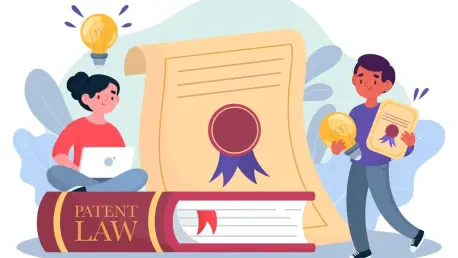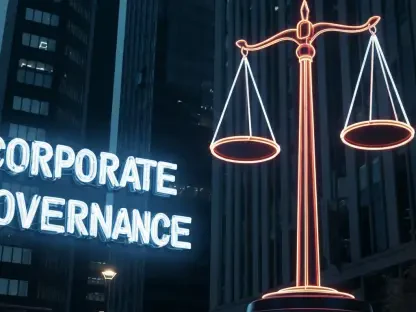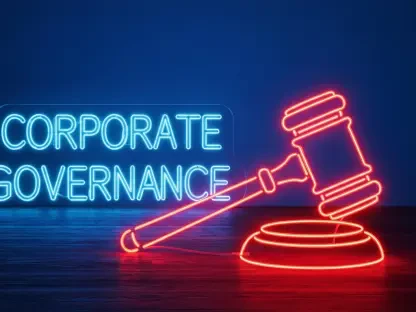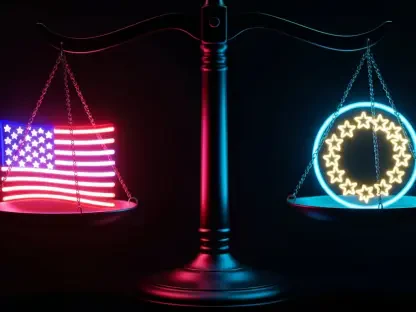I’m thrilled to sit down with Desiree Sainthrope, a legal expert with a deep background in drafting and analyzing trade agreements. With her extensive knowledge of global compliance and intellectual property law, Desiree has become a trusted authority on the complexities of patentability, including the often misunderstood implications of secret sales and the on-sale bar. Today, we’ll explore the critical aspects of patent law, diving into what makes an invention “new,” the risks of disclosures, and practical strategies for inventors navigating this intricate landscape.
Can you explain what the “novelty requirement” means for someone trying to get a patent?
Absolutely. The novelty requirement is a cornerstone of patent law. It essentially means that for an invention to be patentable, it has to be “new”—something that hasn’t been seen or known before in the public domain. Under U.S. law, specifically 35 U.S.C. Section 102, an invention loses its novelty if it was already patented, described in a publication, publicly used, sold, or otherwise made available to the public before the filing date of the patent application. This rule ensures that patents are granted only for truly original ideas, encouraging innovation while preventing people from claiming ownership over something that’s already out there.
Why does the law consider even a secret sale as a potential barrier to patentability?
That’s a great question, and it often surprises inventors. A secret sale—meaning a transaction that doesn’t expose the invention to the public—can still trigger the on-sale bar under 35 U.S.C. Section 102. The reasoning is that a sale, even if private, represents a commercial exploitation of the invention. The law views this as the inventor benefiting from their creation before seeking patent protection, which goes against the principle of encouraging timely disclosure through the patent system. So, even if the details of the invention aren’t revealed, the act of selling it can start the clock on the one-year grace period or, worse, invalidate the patent if it’s before the critical date.
How does the one-year grace period work to help inventors under the law?
The one-year grace period, outlined in 35 U.S.C. Section 102(b), is a bit of a safety net for inventors. It allows them to disclose their invention—whether through a public demonstration, a publication, or even a sale—up to one year before filing their patent application without losing their right to patent it. This applies specifically to disclosures made by the inventor or someone who got the information directly from them. It gives inventors some breathing room to test the waters, seek funding, or refine their idea before committing to the patent process. However, if that disclosure happens more than a year before filing, it’s considered prior art and can destroy novelty, making the invention unpatentable.
What exactly is the “critical date” in patent filings, and why does it matter so much?
The critical date is a key concept in patent law, and it’s tied directly to the one-year grace period. It’s defined as the date one year before the effective filing date of the patent application—basically, the earliest priority date you can claim. Any disclosure, sale, or public use of the invention before this critical date can invalidate your patent because it’s seen as destroying novelty. Understanding this timeline is crucial for inventors because missing it by even a day can mean losing the chance to patent their work. It’s a strict deadline that underscores the importance of filing as soon as possible after any kind of disclosure.
What strategies can inventors or business owners use to avoid pitfalls like secret sales when seeking a patent?
The best strategy is to file your patent application before any commercial activity or disclosure, if possible. That means avoiding sales, offers to sell, or even detailed discussions with potential buyers or partners until the application is submitted. If you absolutely need to share your invention early—for instance, to secure funding or test the market—use nondisclosure agreements (NDAs) to keep things confidential. These agreements can help ensure that any sharing doesn’t count as a public disclosure. Also, keep detailed records of when and how you share your invention, so you can track the timeline relative to that critical date. Consulting with a patent attorney early on can also help navigate these tricky waters and avoid unintentional missteps.
Looking ahead, what is your forecast for how patent laws around disclosures and sales might evolve in the coming years?
I think we’re likely to see ongoing debates and possibly refinements in how patent laws address disclosures, especially with the rise of digital platforms and global markets. The concept of what constitutes a “sale” or “public availability” might need to adapt to new technologies, like online previews or blockchain-based transactions that could blur the lines of secrecy. There’s also growing pressure to harmonize U.S. patent laws with international standards, which often have stricter rules on prior art with no grace periods. I expect courts and lawmakers will continue to grapple with balancing the need to protect inventors while ensuring the patent system isn’t abused through delayed filings or hidden commercial activity. It’s an area to watch closely, especially for anyone in the innovation space.









